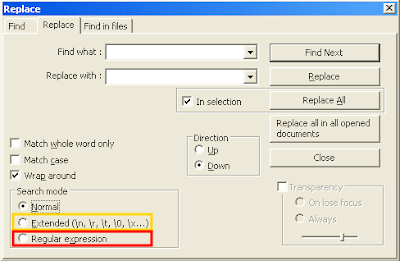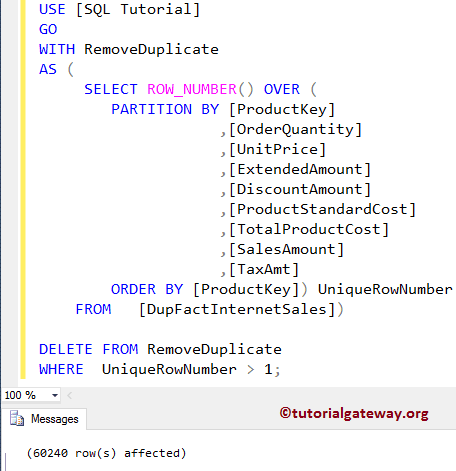
Textpad 8 Find Duplicate Lines How To Count Duplicates
How to Count Duplicates in Excel1. In this tutorial, you will learn how to count duplicates using this function. You can count duplicate values using the COUNTIF function. Do you need a combination of two columns to be unique together, or are you simply searching for duplicates in a single column In this example, we are searching for duplicates across two columns in our Users table: username and email.Working with large data sets often requires you to count duplicates in Excel. The first step is to define your criteria for a duplicate row. Identify Duplicate Criteria.
You can connect your camera or phone to add it to the scan too. Open Duplicate Photo Cleaner and drag some folders to the scan area. Jat 6:21 AMFind and Remove Duplicate Photos in 3 Easy Steps. Find lines with LESS than 95 characters (including white space) I can do perl regular expressions, but they just don't work for notepad++ for some reason.
In the next sections, you will see some examples related to counting duplicates. You might want to include or exclude the first instance when counting duplicates. There are a few approaches counting duplicates. The scan wont take long.You can count duplicates using the COUNTIF formula in Excel.

How to Count Duplicate Instances excluding the First OccurrenceOften you might need to calculate the number of duplicates in your data without the first occurrence. Assign the formula =COUNTIF($C$2:$C$8,E2).Now you have the count for duplicate grades in column E. The find matches a line (.rn) and captures the line in 1 then it.To find the count of duplicate grades including the first occurrence:
To find a case-sensitive count for duplicate values: But you can use a combination of the SUM and EXACT function to get a case-sensitive count for duplicate instances. You won’t get the actual count if you use it to count a case-sensitive duplicate. Count Case-Sensitive Duplicates in ExcelThe COUNTIF function in Excel is case-insensitive. Assign the formula =COUNTIF($C$2:$C$8,E2)-1.This will show the count of duplicate values without the first instance in column E. To count the duplicate examples from the last example without the first occurrence:
The SUM function then adds up these entries to find the count for the duplicate values. The unary operator (–) transforms the values to an array of 0 and 1’s. This results in an array of logical values TRUE and FALSE. Press Ctrl + Shift + Enter to apply the formula as an array formula.The EXACT formula performs a case-sensitive compare for the values in column D with the grades in C2 to C8.
Column E has all the unique names for which you will count the duplicate rows. The data has the columns for the student names, age, and genders. You will use the COUNTIFS function to count duplicate rows.In the following example, you will use the student information. The COUNTIFS function lets you count based on multiple conditions. This comes in very handy if you have a large dataset and want to identify duplicate rows for future modification.


The COUNTIF and COUNTIFS functions come in handy to count duplicate values in Excel and gain useful insights about the data.Still need some help with Excel formatting or have other questions about Excel? Connect with a live Excel expert here for some 1 on 1 help. The difference between these two steps returns 5, the total count of duplicates including the first instances.Counting duplicates in Excel is a very handy trick when working with large datasets. The resulting 1’s are then summed, and the sum results in 2, which is the number of distinct matches between A2 to A8 with itself. In the second part of the formula, the COUNTIF function is used to count the total matches in the range A2 to A8 with itself, and we nest all of this inside an IF function.The condition used here is to return a 1 if it is a match and a 0 otherwise. In the first step, the ROWS function counts the number of rows between A2:A8, which is 7. This formula can be broken down into two parts.


 0 kommentar(er)
0 kommentar(er)
